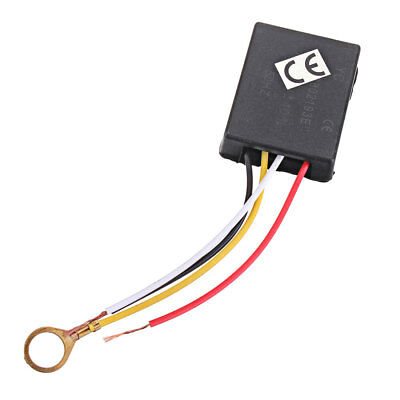Hello everyone,
I wrote a post three months ago to require some help for selecting a component that would fit our requirement: we are designing a connected bedside lamp, which contains an alarm too, and we would like to use a touch on the metal base to snooze it. We finally decided to select the MSP430FR2512 for our first test, as we only need one electrode in our case (as well PWMs and GPIO for other tasks).
Our first test with the EVM connected to the base was quite promising, as I was able to detect very clearly a touch on it, but lately I tried to redo the calibration in our system, and now the measure is not as sensitive as it was during the first test. I needed to increase the conversion count to at least 1000 (even tried 2000 for better detection), but this increases the noise quite a lot and the SNR measure is now pretty poor.
For now our PCB is connected to the base by a simple wire, taped on the base (that's what I did for the first test, but it's clearly not a long-term solution). We are now looking for a better solution to connect the MSP to the base. Our main idea at the moment is to use a connector like the one on this picture:
The only is that our base is a cylinder, and it won't be easy to fix this connector to it, except on the top, which is quite far from our PCB.
I was wondering if you guys had any advise for connecting a PCB to an external electrode properly without using soldering?
Thanks a lot for reading this.
Yoann



